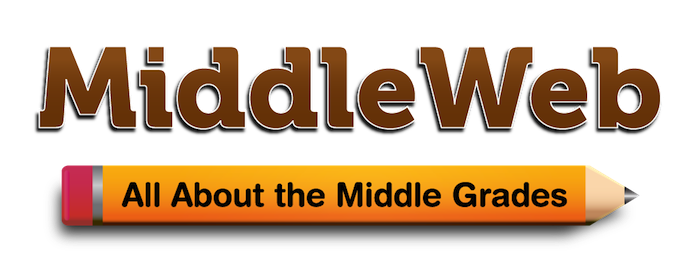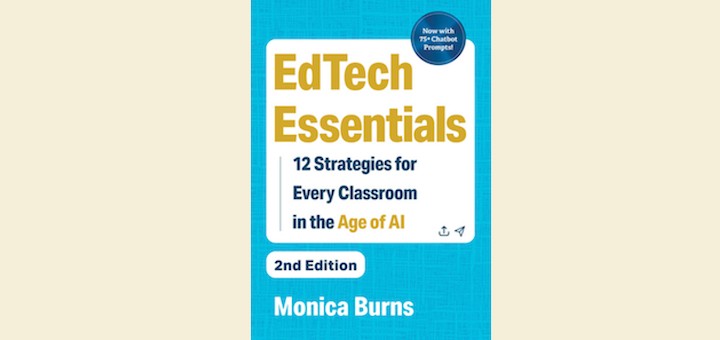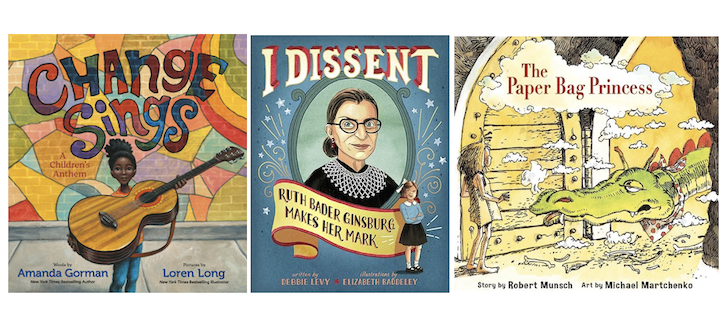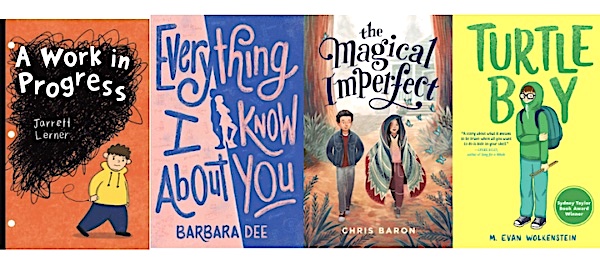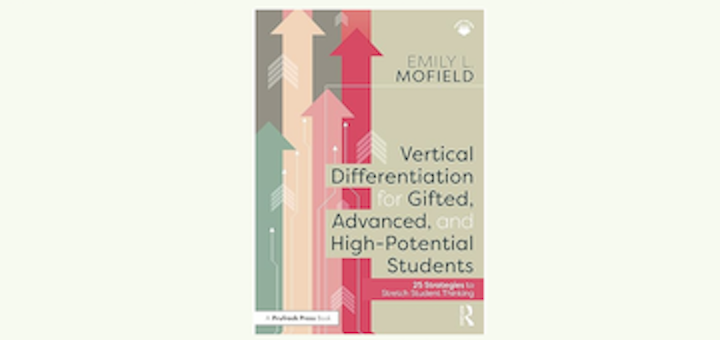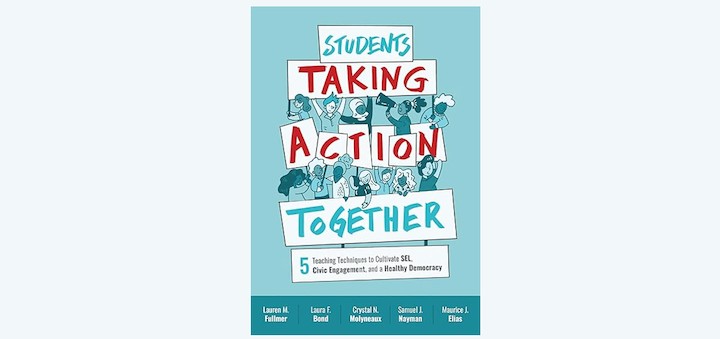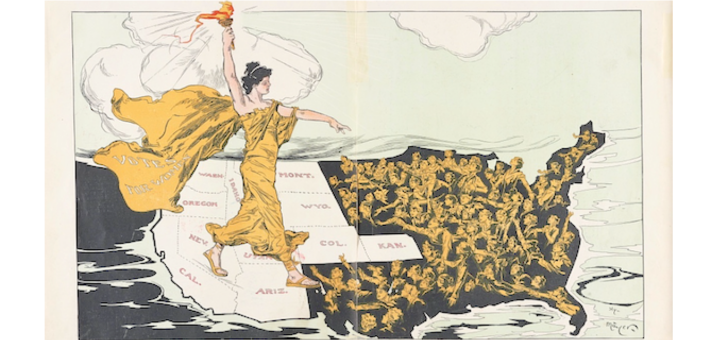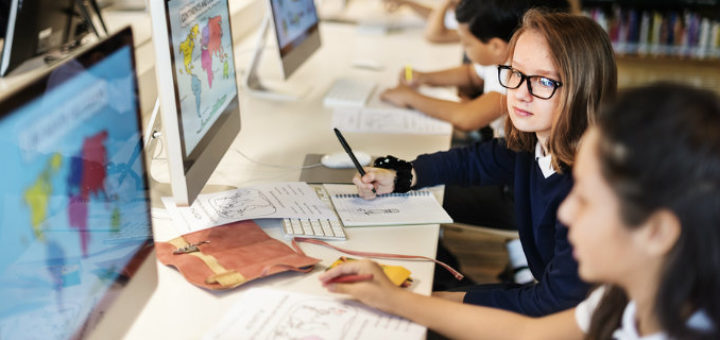Essential AI Strategies for Every Classroom
Whether you’re curious to bring artificial intelligence into your lesson planning – or the rapid evolution of AI has you feeling anxious – Monica Burns’ “EdTech Essentials: 12 Strategies for Every Classroom in the Age of AI” can help guide you in the effective use of new technologies.
